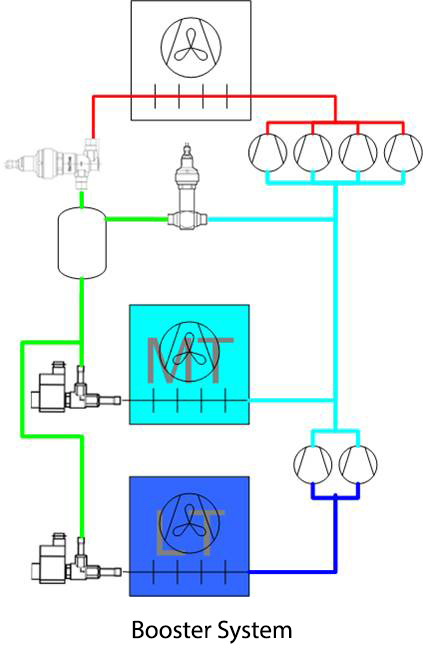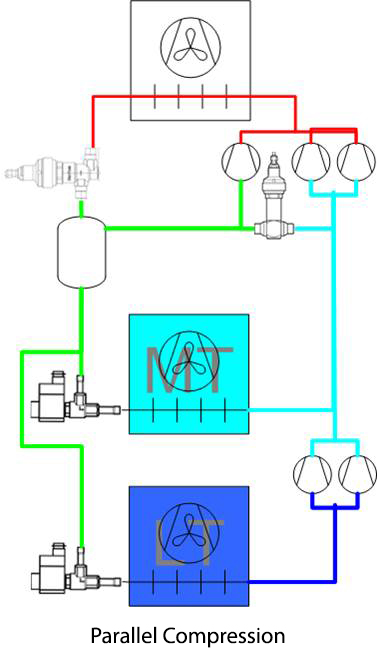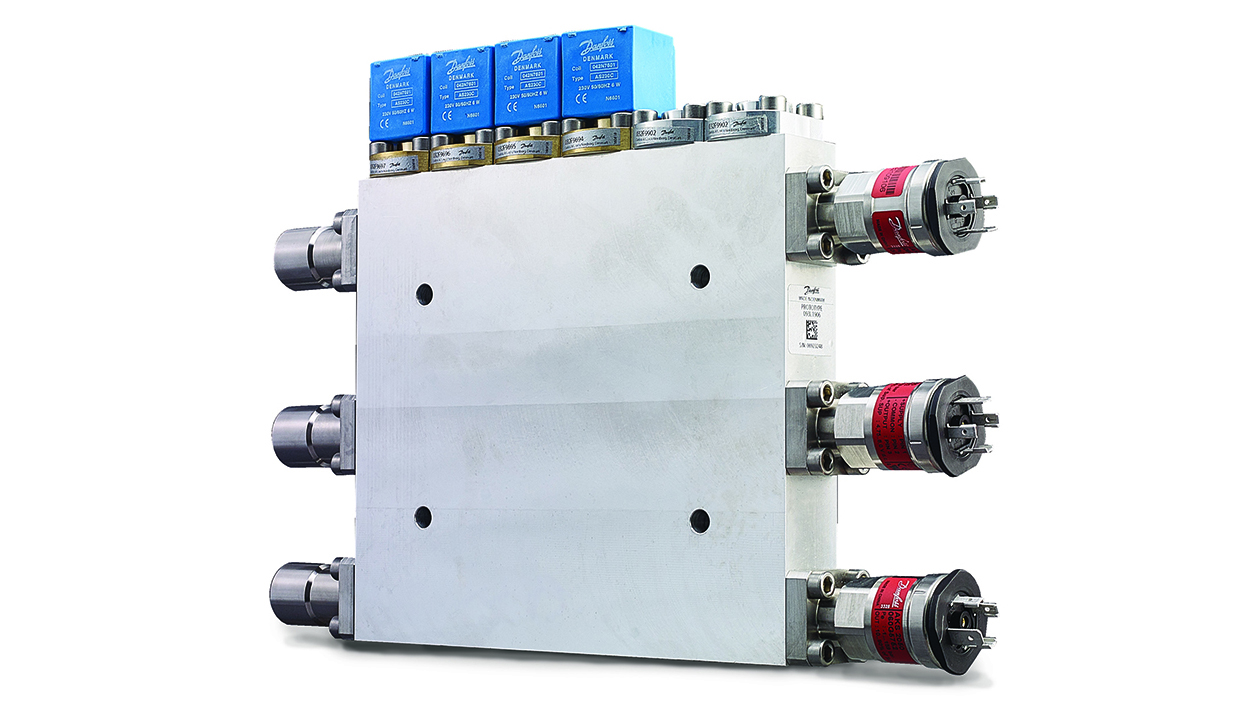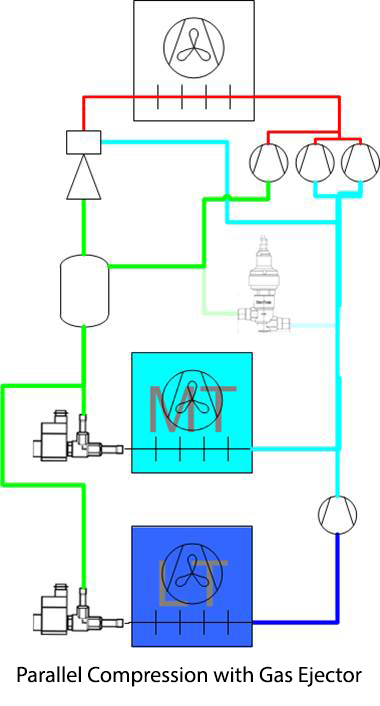The field of refrigerant regulation is constantly changing, with additional regulations being announced on a nearly annual basis. Whether as a way to fight against ozone depleting substances or in an attempt to slow climate change, global refrigeration treaties like the Montreal and Kyoto Protocols have been phasing out refrigerants since the 1980s. One refrigerant that is not at risk to be phased out is carbon dioxide or CO2.
CO2 is has the lowest possible GWP rating of 1 and poses no risk to the ozone layer, making it immune to future regulations. And while CO2 is a very efficient refrigerant, it has limitations, particularly with regard to high ambient temperatures. However, emerging technology may have finally overcome this shortcoming. This article is intended to serve as a review the different technologies related to CO2. To better establish the differences between each kind of system, we will review each one, starting with booster systems.




